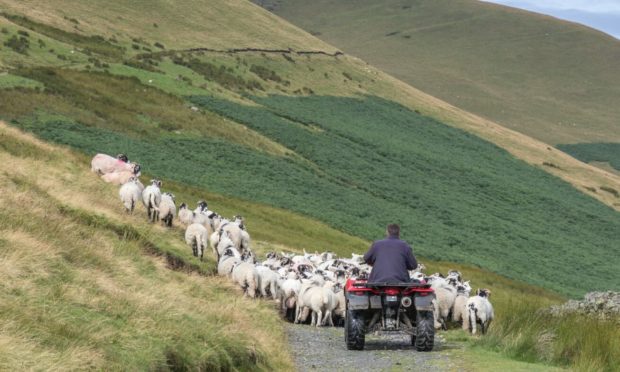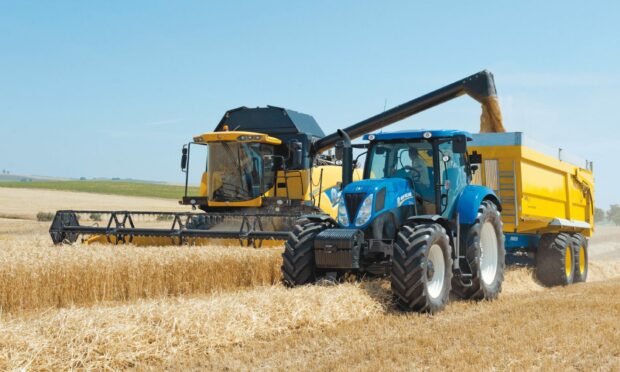Addressing the ongoing climate emergency and biodiversity crisis requires a radical change to the way we manage and use land in Scotland.
In particular, our farmers and crofters need to adopt a new direction of travel – one which involves all of Scotland’s farmland producing wider environmental outcomes in addition to agricultural products.
We also know that current agricultural support has not encouraged the degree of change needed to drive an improvement in environmental performance at a farm, croft or landscape scale.
Last autumn, myself and colleagues were asked by Scottish Government whether the delivery of improved environmental outcomes could be achieved by increasing the environmental conditions placed on any future direct payments made to farmers and crofters.
As we indicated in our report in January, the simple answer to that question was yes – increased environmental conditionality could help provide a range of water quality, biodiversity and climate change benefits.
But we also highlighted that if that route was taken, then it would be important that the design and implementation of the ‘conditionality’ approach was not considered in isolation.
Rather, it would be essential to embed this within a new wider package of support; one designed to encourage the transition of farmers and crofters to ways of working that made their businesses more environmentally sustainable.
However, although we made some broad suggestions as to what such a package could look like, we also recognised that its overall design would need to be carefully thought through.
And that will not only have to involve careful consideration of the choice of support measures required within the package but also the practicalities around delivery and implementation.
It will also be important to ensure that measures aimed at maintaining and restoring biodiversity on farms and crofts are not over-shadowed by the legislative need to achieve climate change targets.
Hence a key consideration for any future support policy framework will be ensuring that all of Scotland’s farming sectors have a common ‘starting point’ – in terms of providing more actual biodiversity and carbon sequestration benefits on the ground – before seeking to deliver more sector-specific measures focussed on climate change mitigation of their agricultural practices.
And the recent publication of two reports – which Steven Thomson and Andrew Moxey, my co-authors on the environmental conditionality work, were closely involved with – will hopefully stimulate the much-needed action around developing such a common framework.
‘The Transition to Future (Conditional) Agricultural Support’ by NFU Scotland (NFUS) and the Farming for 1.5 Degrees final report ‘From here to 2024’ offer the Scottish Government complementary thoughts from the industry on how policy can deliver on food production, climate change and biodiversity.
The Farming for 1.5 Degrees report is a culmination of two years of evidence gathering, whilst the NFUS policy briefing pulls together the recent work of the five farmer-led climate change groups and suggests a common way forward for the industry.
Both reports acknowledge the need for a transition period to a new support policy and for that new framework to reward those who deliver on public goods.
Just as importantly, both reports urge the Scottish Government to start the process of transition as soon as possible.
Climate change impacts are getting worse and farmland biodiversity continues to decline. The role that farmers and crofters will have to play in addressing these is clear.
But time is short and delay will only mean the mountain to climb gets higher.
Our farmers and crofters therefore need to be empowered to start making large-scale changes to their systems and practices now, before it becomes too late to make a real difference.
- Professor Davy McCracken is head of SRUC’s hill and mountain research centre near Crianlarich in Perthshire.


